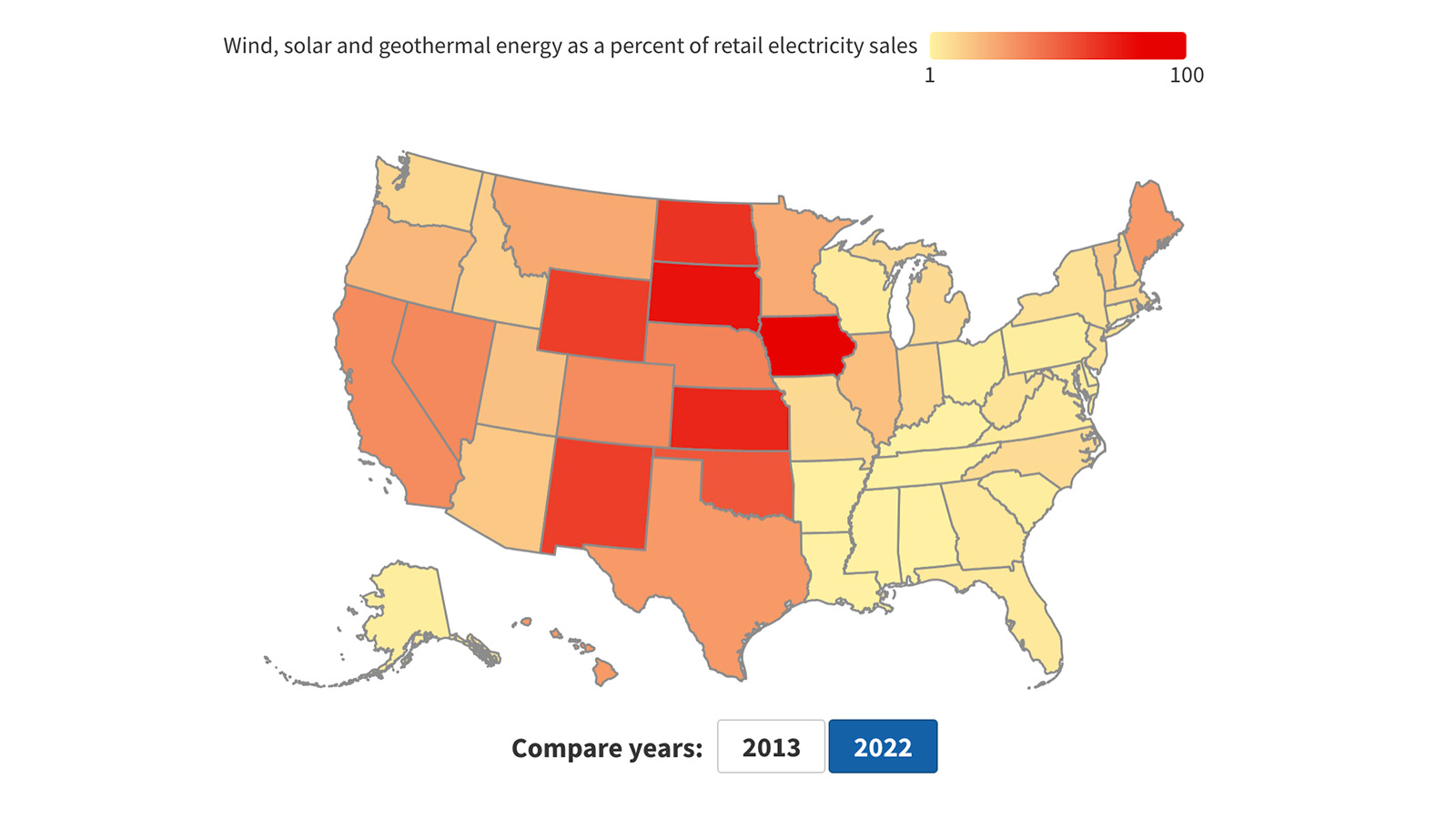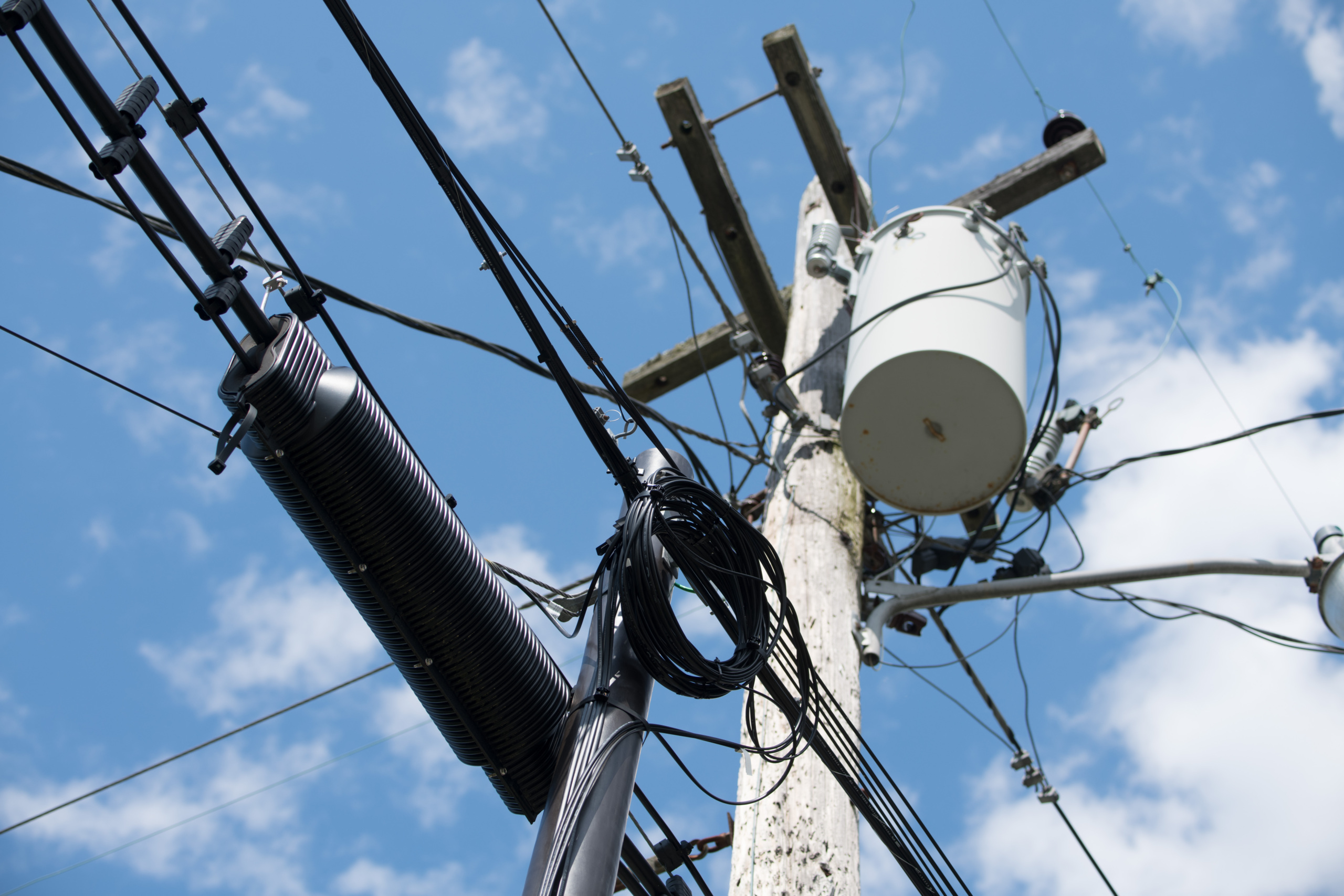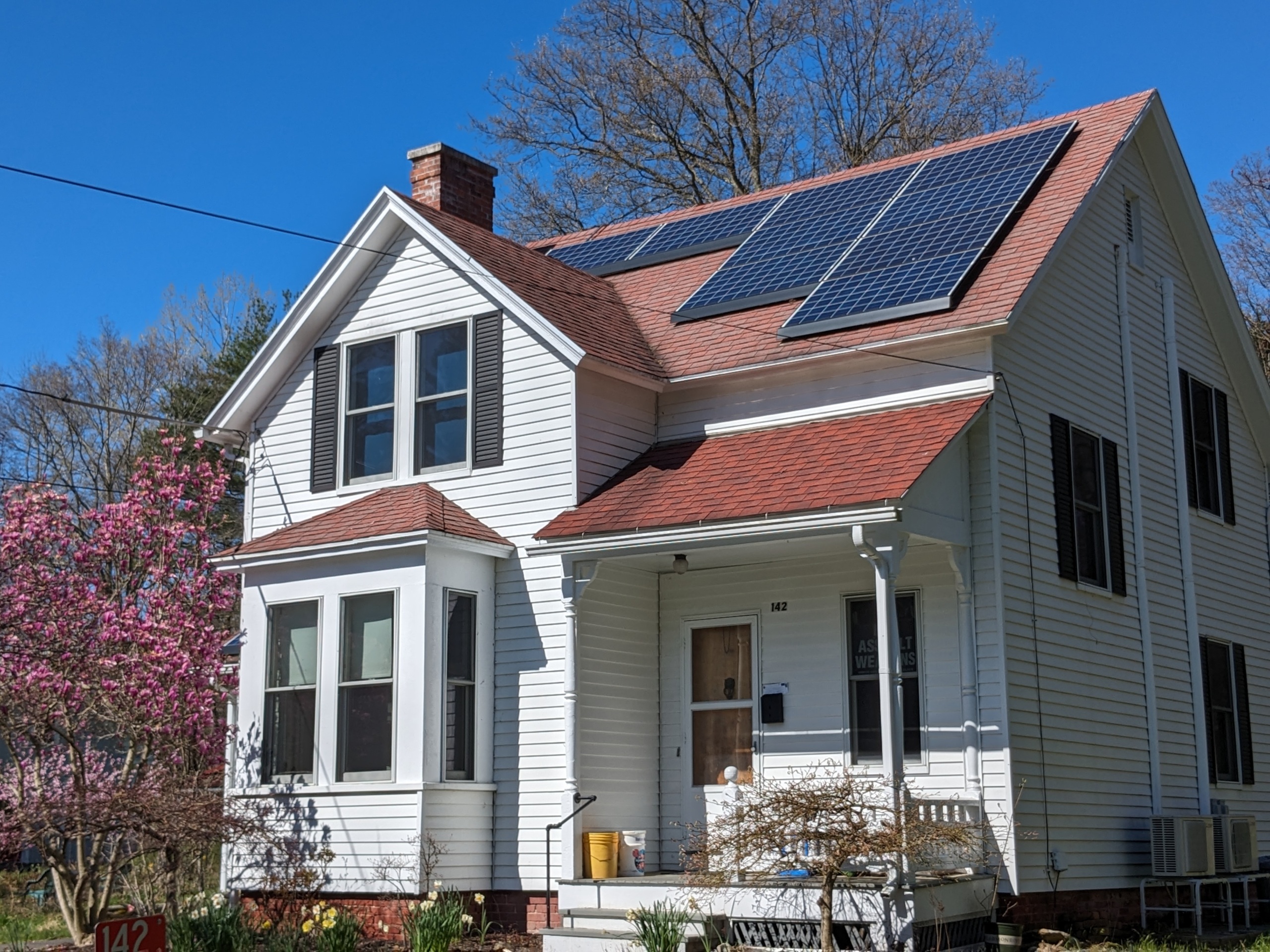
Energy Conservation & Efficiency
Transformer efficiency rule leaves energy savings on the table
The final efficiency standards for utility transformers save only one-third as much energy as standards at DOE’s proposed levels would have.

Today the U.S. Department of Energy (DOE) finalized energy efficiency standards for distribution transformers. While the updated standards will significantly reduce energy waste, they miss the opportunity for larger savings.
The Department of Energy expects the standards to save utilities and their customers more than $14 billion in energy costs and reduce carbon dioxide emissions by 85 million metric tons, based on transformers sold over three decades. But, the final standards save only one-third as much energy as standards at DOE’s proposed levels would have. By setting weaker final standards, DOE sacrificed about $18 billion in additional savings and 165 million metric tons of carbon dioxide reductions, according to the Appliance Standards Awareness Project.
“While an improvement over the status quo, the transformer rule leaves lots of energy savings on the table,” said Johanna Neumann, senior director of the Campaign for 100% Renewable Energy at Environment America Research & Policy Center. “Future standards, such as those for water heaters, will need to be kept strong for the administration to hit its pollution reduction goals.”
The Biden Administration has stated that it aims for its suite of energy efficiency standards to deliver nearly $1 trillion in consumer savings and reduce greenhouse gas emissions by 2.5 billion metric tons over 30 years.

See the Campaign

The Cleanest Energy: Conservation and Efficiency
Topics
Updates

Energy Conservation & Efficiency
Department of Energy finalizes water heater efficiency standards

Who’s afraid of the big bad wolf?

Good news: New support for a wildlife bill in Congress

New grant program to help cut red tape for rooftop solar in Illinois


